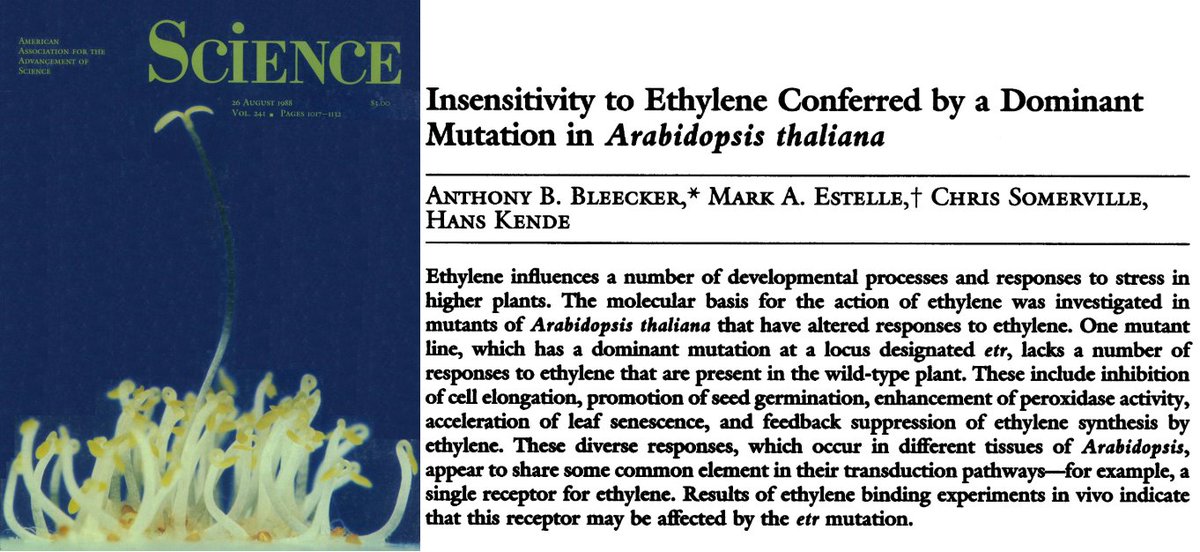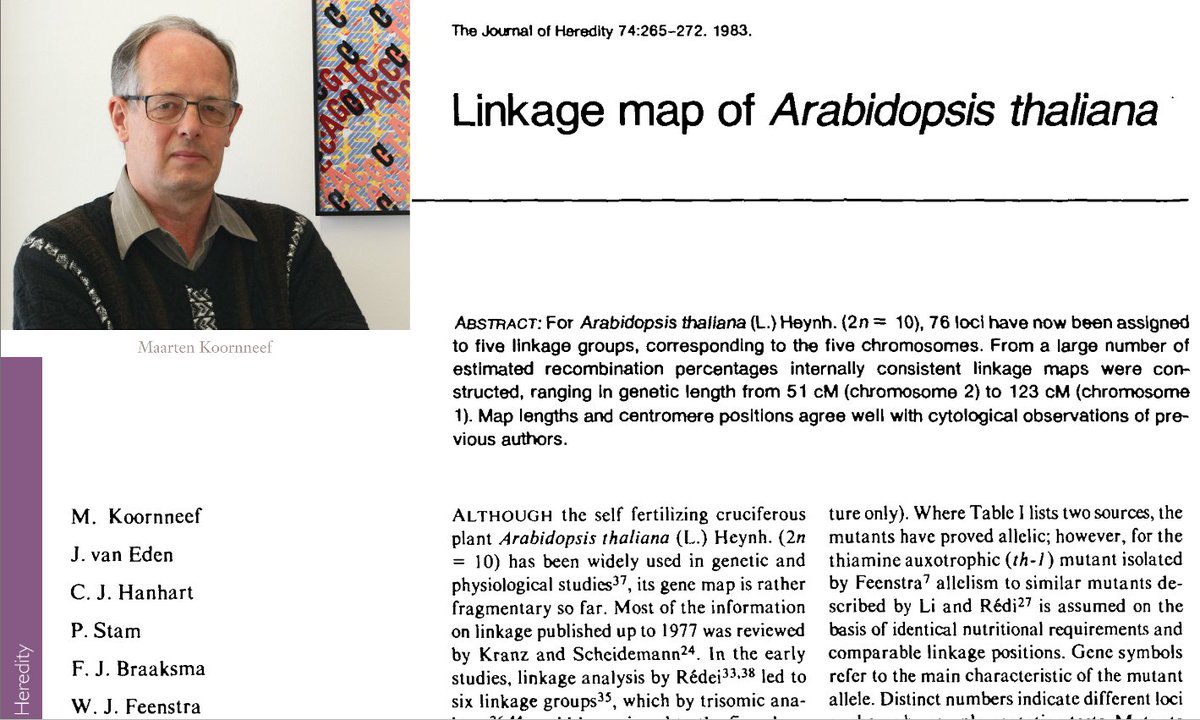#PlantScienceClassics #3: The ligand-induced flg22/FLS2/BAK1 receptor-module. In a 2007 @Nature paper @delphinechinch1 et al. demonstrated that the bacterial flagellin22 triggers the formation of its own receptor-complex in plants, made up of FLS2 & BAK1: doi.org/10.1038/nature… 

Already in 1999/2000, three papers from the legendary Boller-lab @UniBasel in @ThePlantJournal/@MolecularCell identified the elicitor flg22 & its receptor FLS2,laying the groundwork to establish Arabidopsis as a model system to study plant pathogen-interaction & immune-signaling. 

But it was the addition of BAK1 as co-receptor, and the mechanistic finding that the ligand flg22 induces the formation of its own receptor-complex, which turned the flg22/FLS2/BAK1-module into the platform for countless new discoveries in the #MPMI/#PlantImmunity field. 

In the following years, the events downstream of the activated flg22/FLS2/BAK1-module were identified piece by piece, providing a model pathway to study immune-signaling, but also general mechanisms of ligand-receptor-mediated signal transmission. doi.org/10.1038/nri.20… 

At the time BAK1 was known as co-receptor involved in brassinosteroid-signaling,& thus the paper also enabled work into understanding the development-immunity trade-off,&,of course, the receptor/co-receptor principle – as we know today, a widespread mechanism. 

This paper is one of my personal favorites. It was published when I had just started work on my Diploma thesis in @simonrdg’s lab, searching for interactors of the pseudokinase CORYNE. I used yeast-based methods, & this paper on an induced receptor-interaction was amazing to me.
Later, when I switched to FRET-based methods, I used the induced FLS2/BAK1-interaction as control to test our newly developed techniques. Also, as little side-fun-fact: when the paper came out, all(!) the authors were already group leaders. Another thing I was amazed by.🙂 

• • •
Missing some Tweet in this thread? You can try to
force a refresh




















